Home>Furniture & Design>Interior Design Trends>What Is The Markup On Home Decor


Interior Design Trends
What Is The Markup On Home Decor
Modified: January 19, 2024
Discover the latest interior design trends and learn about the markup on home decor. Stay ahead of the curve with our expert insights.
(Many of the links in this article redirect to a specific reviewed product. Your purchase of these products through affiliate links helps to generate commission for Storables.com, at no extra cost. Learn more)
Introduction
Welcome to the world of home decor, where creativity and design expertise converge to transform living spaces into personalized sanctuaries. As you embark on the journey of enhancing your living environment, it’s crucial to understand the intricacies of pricing within the home decor industry. One fundamental aspect of pricing is the markup, which plays a pivotal role in determining the cost of the items that adorn your home.
In this article, we’ll delve into the concept of markup in the context of home decor. We’ll explore the factors influencing markup, its implications for consumers, and strategies to navigate and optimize this aspect of the purchasing process. By gaining insight into the markup on home decor, you’ll be empowered to make informed decisions and elevate your living space without breaking the bank.
Key Takeaways:
- Understanding markup in home decor helps you make informed choices. Factors like craftsmanship, materials, and design trends influence pricing, empowering you to create a stylish space within your budget.
- Save on home decor markup by comparing prices, timing purchases, and exploring alternative retailers. Embrace DIY projects and consider pre-owned options to curate a stylish and budget-friendly living space.
Read more: What’s Your Favorite Book Home Decor
Understanding Markup
Markup is a pricing strategy used by retailers to determine the selling price of products. It represents the difference between the cost of acquiring or producing an item and the price at which it is sold to consumers. In the context of home decor, markup encompasses various expenses incurred by retailers, including the cost of goods, operational overhead, and desired profit margins.
When a retailer procures home decor items from suppliers or manufacturers, they typically pay a wholesale price, which is lower than the eventual retail price. The markup is then applied to the wholesale cost to establish the retail price that consumers encounter. This incremental increase covers not only the initial cost but also additional expenses such as transportation, storage, marketing, and the retailer’s profit margin.
It’s important to recognize that markup percentages can vary significantly across different types of home decor items. For instance, custom-made or artisanal pieces may carry higher markups due to their unique craftsmanship and limited availability, while mass-produced items might feature comparatively lower markups.
Understanding markup is essential for consumers seeking to make informed purchasing decisions. By grasping the factors that contribute to markup and its implications for pricing, individuals can navigate the home decor market with clarity and confidence, ultimately making choices that align with their budget and aesthetic preferences.
Markup in the Home Decor Industry
The home decor industry encompasses a diverse array of products, ranging from furniture and lighting to textiles and decorative accents. Each category within this sector is subject to distinct pricing dynamics influenced by factors such as production processes, materials, and market demand. As a result, the markup applied to home decor items can vary widely, reflecting the complexities of the industry.
One prominent factor influencing markup in the home decor sector is the level of craftsmanship and artisanship involved in creating the products. Handcrafted or artisanal pieces often command higher markups due to the skill, time, and expertise invested in their production. Consumers are willing to pay a premium for these unique, intricately crafted items, which contribute to the distinct character and individuality of their living spaces.
Moreover, the materials used in home decor items play a significant role in determining their markup. High-quality, luxurious materials such as solid wood, genuine leather, and natural stone can elevate the perceived value of a product, justifying a higher markup. Conversely, items crafted from more accessible materials may carry lower markups, catering to a broader consumer base seeking affordable yet stylish decor options.
Another aspect that influences markup in the home decor industry is the prevailing design trends and consumer preferences. Products aligned with current design movements or tailored to specific interior styles may command higher markups, reflecting their relevance and desirability in the market. Conversely, items that have become ubiquitous or outdated might feature lower markups to remain competitive and appealing to budget-conscious consumers.
By understanding the nuances of markup in the home decor industry, consumers can gain insight into the value propositions of different products and make purchasing decisions that align with their aesthetic vision and budgetary considerations. This awareness empowers individuals to navigate the diverse landscape of home decor offerings with discernment and appreciation for the craftsmanship and artistry that define the industry.
When shopping for home decor, compare prices from different stores to find the best deal. Markup on home decor items can vary, so it’s worth doing some research to save money.
Factors Affecting Markup
Several key factors contribute to the determination of markup in the home decor industry, shaping the pricing strategies adopted by retailers and manufacturers. Understanding these influential elements can provide valuable insight into the dynamics of pricing and the perceived value of home decor items.
- Quality of Materials: The materials used in the production of home decor items significantly impact their markup. High-quality, premium materials often justify higher markups due to their durability, aesthetic appeal, and perceived value. Conversely, items crafted from more affordable materials may feature lower markups, catering to a broader consumer base.
- Artisanship and Customization: Products that involve skilled artisanship or customization typically command higher markups. The labor-intensive nature of crafting bespoke or handcrafted items, coupled with their unique appeal, contributes to their elevated pricing and markup percentages.
- Design and Innovation: Home decor items that embody innovative design concepts or align with prevailing interior design trends may carry higher markups. Products that offer distinct design features, functional innovation, or artistic expression often justify premium pricing, reflecting their relevance and appeal to discerning consumers.
- Market Demand and Scarcity: The level of demand for specific home decor items, coupled with their scarcity or exclusivity, can influence markup. Products that are in high demand or possess limited availability may command higher markups, leveraging the principles of supply and demand to establish premium pricing.
- Brand Reputation and Prestige: Established brands with a reputation for quality, craftsmanship, and design excellence often apply higher markups to their products. The brand’s prestige, heritage, and market positioning contribute to the perceived value of their offerings, allowing for elevated pricing and markup percentages.
By considering these influential factors, consumers can gain a deeper understanding of the pricing dynamics within the home decor industry. This awareness empowers individuals to evaluate the value propositions of different products, discern the rationale behind their pricing, and make informed purchasing decisions that align with their preferences and budgetary considerations.
Ways to Save on Home Decor Markup
While the markup on home decor items is a standard aspect of retail pricing, there are strategic approaches that consumers can employ to optimize their purchasing power and maximize value. By leveraging these savvy tactics, individuals can save on home decor markup without compromising on quality or style, making their design aspirations more attainable and budget-friendly.
- Comparison Shopping: Engage in thorough research and comparison shopping to identify retailers offering competitive prices and favorable markup percentages. Explore both physical stores and online platforms to assess the pricing landscape and uncover potential savings opportunities.
- Timing and Seasonal Sales: Keep an eye on seasonal sales, promotions, and clearance events offered by home decor retailers. Timing your purchases strategically can yield significant savings, allowing you to capitalize on reduced markups and discounted prices.
- Explore Alternative Retail Channels: Consider exploring alternative retail channels such as direct-to-consumer brands, artisan marketplaces, and online platforms that connect consumers with independent designers and makers. These channels may offer unique, high-quality home decor items with competitive markups.
- DIY and Upcycling: Embrace do-it-yourself projects and upcycling initiatives to personalize your home decor while minimizing markup-related expenses. Repurposing existing items, engaging in crafting endeavors, and exploring DIY decor solutions can be cost-effective and rewarding.
- Utilize Rewards Programs and Coupons: Take advantage of loyalty programs, rewards points, and promotional coupons offered by retailers to offset markup-related costs. These incentives can contribute to meaningful savings and enhance the affordability of home decor purchases.
- Negotiation and Price Matching: Inquire about price matching policies and engage in polite negotiation when making significant home decor purchases. Some retailers may be open to accommodating price matching or offering flexible pricing, allowing you to secure favorable deals.
- Consider Pre-Owned and Vintage Options: Explore the allure of pre-owned, vintage, or consignment home decor items, which often feature lower markups and unique character. Embracing sustainable and eco-conscious shopping practices can lead to distinctive finds at compelling prices.
By embracing these proactive strategies, consumers can navigate the realm of home decor with financial acumen and creativity, unlocking opportunities to save on markup-related expenses while curating inviting and stylish living spaces.
Read more: What Is Minimalist Home Decor
Conclusion
The world of home decor is a captivating realm where creativity, craftsmanship, and personal expression converge to shape inviting and inspiring living spaces. Within this dynamic landscape, the concept of markup plays a pivotal role in determining the pricing of home decor items, reflecting the intricate interplay of production costs, retail strategies, and consumer value perceptions.
By gaining a deeper understanding of markup in the home decor industry, consumers can navigate the pricing landscape with insight and discernment. Recognizing the factors that influence markup, from material quality and artisanship to market demand and brand prestige, empowers individuals to make informed purchasing decisions that align with their aesthetic aspirations and budgetary considerations.
Furthermore, savvy approaches such as comparison shopping, strategic timing of purchases, and exploration of alternative retail channels offer avenues for consumers to save on home decor markup without compromising on quality or style. Embracing these resourceful tactics enables individuals to maximize the value of their home decor investments while realizing their design visions in a budget-conscious manner.
As you embark on your home decor journey, armed with knowledge and strategic insights, may you curate inviting and personalized living spaces that reflect your unique style and sensibilities. By navigating the nuances of markup and pricing dynamics with confidence and creativity, you can transform your home into a sanctuary that resonates with warmth, elegance, and individuality.
Embrace the art of home decor, where every piece tells a story and every arrangement reflects your personal narrative. With a keen eye for design and a savvy approach to markup, your living environment becomes a canvas for self-expression and a haven of comfort and beauty.
Frequently Asked Questions about What Is The Markup On Home Decor
Was this page helpful?
At Storables.com, we guarantee accurate and reliable information. Our content, validated by Expert Board Contributors, is crafted following stringent Editorial Policies. We're committed to providing you with well-researched, expert-backed insights for all your informational needs.
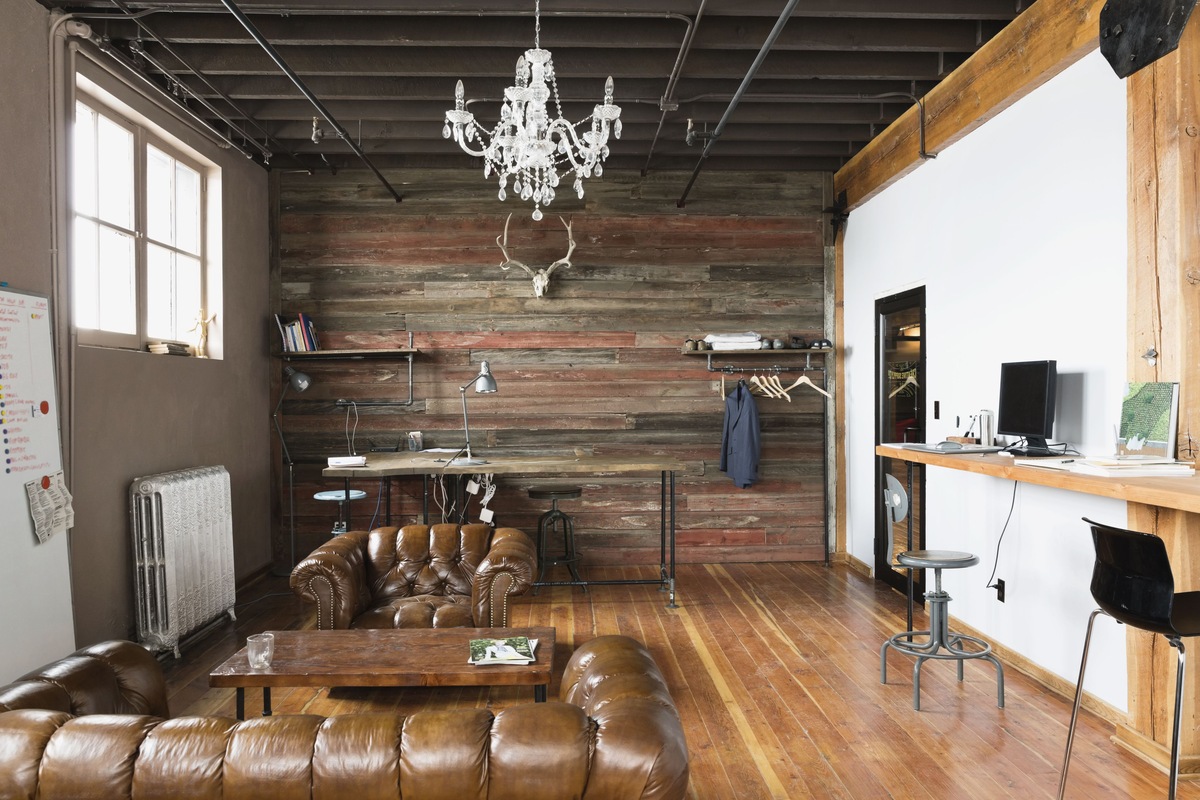
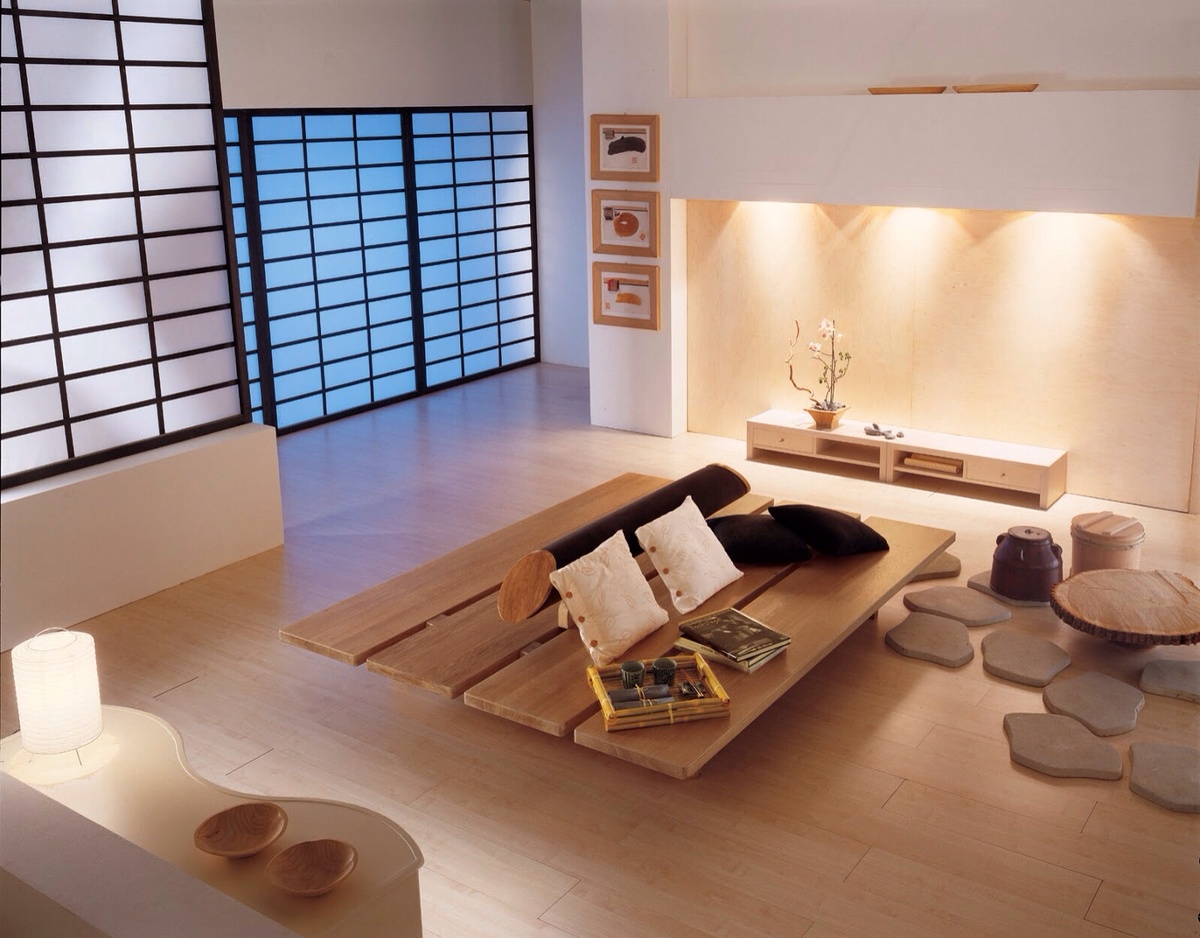
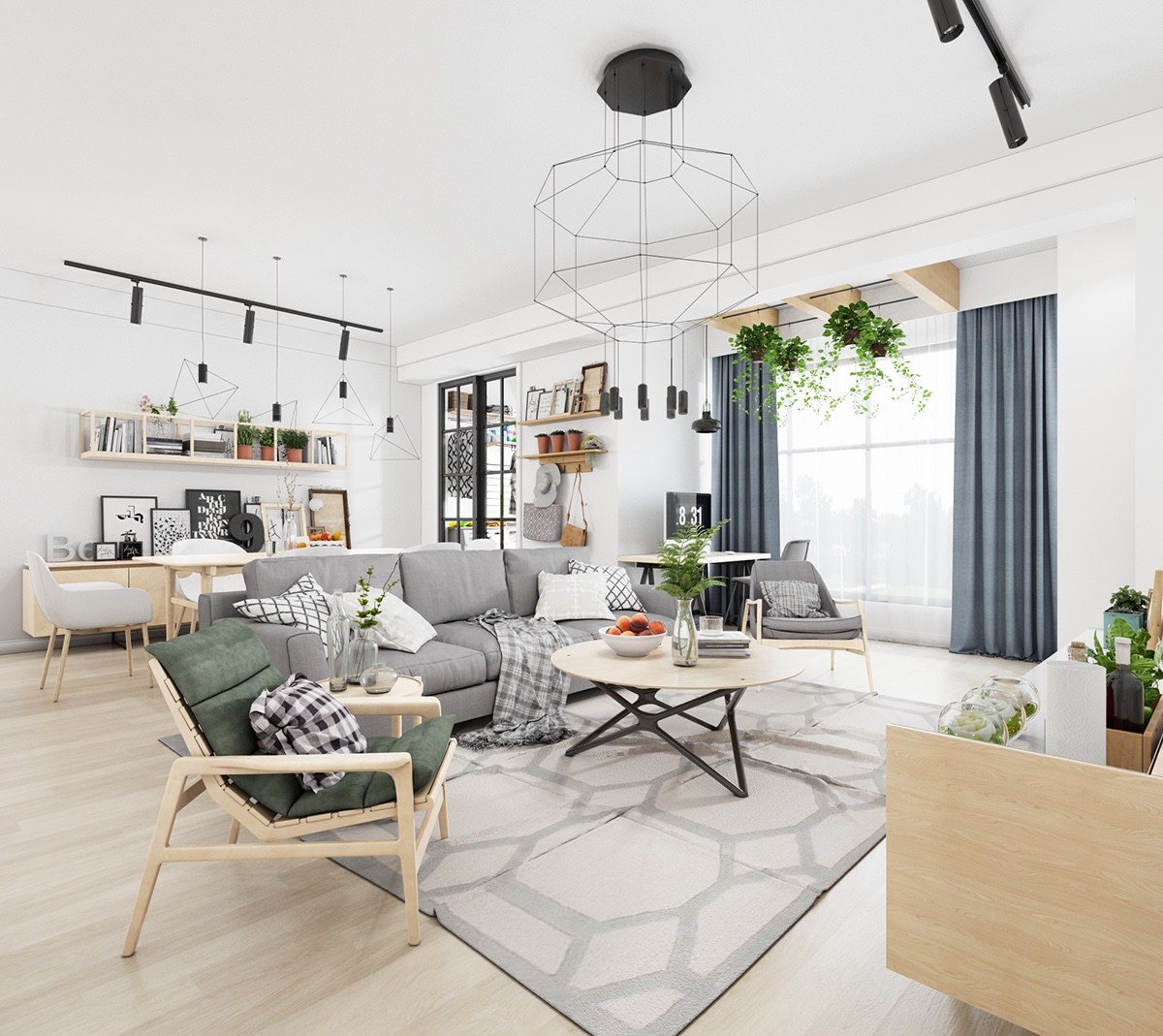
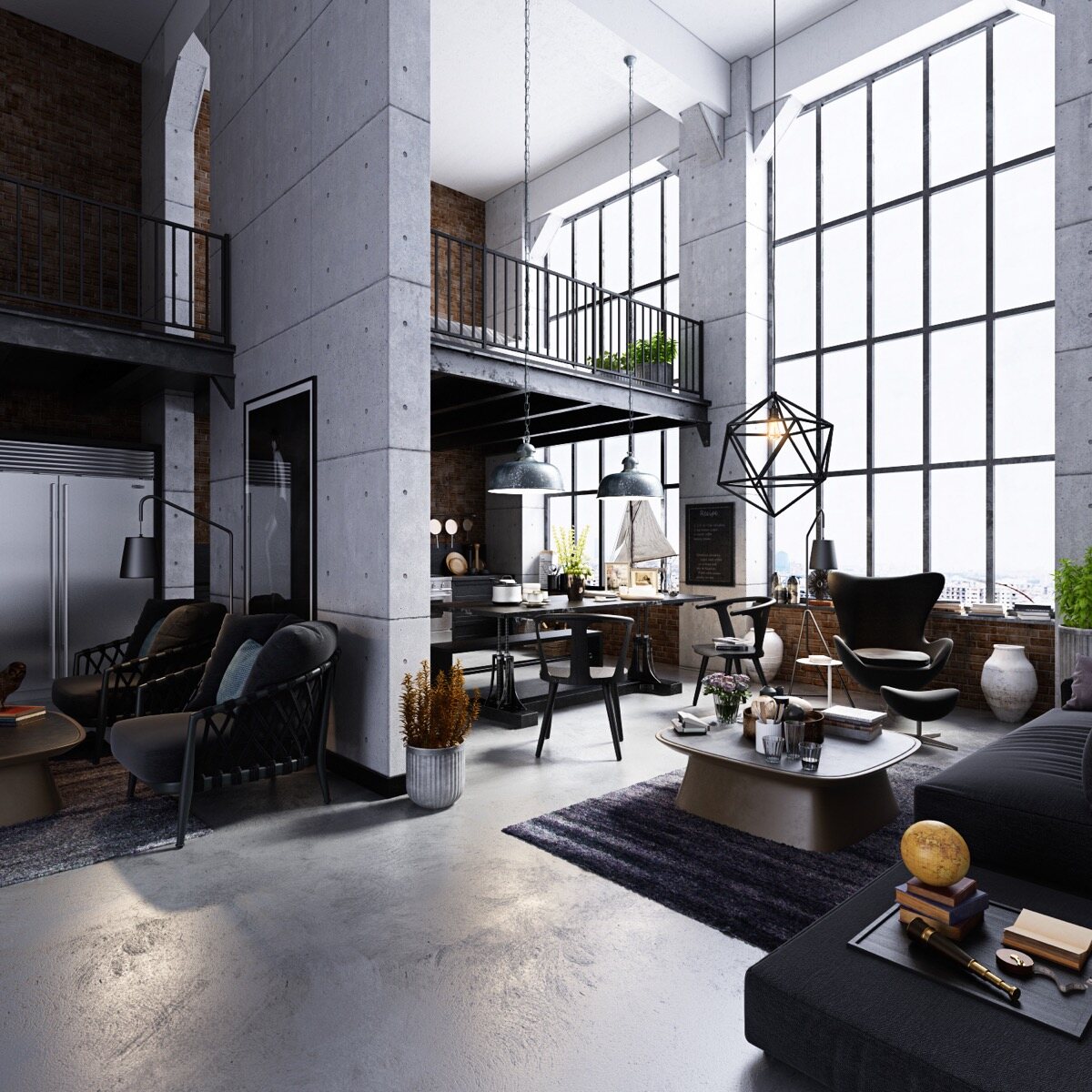

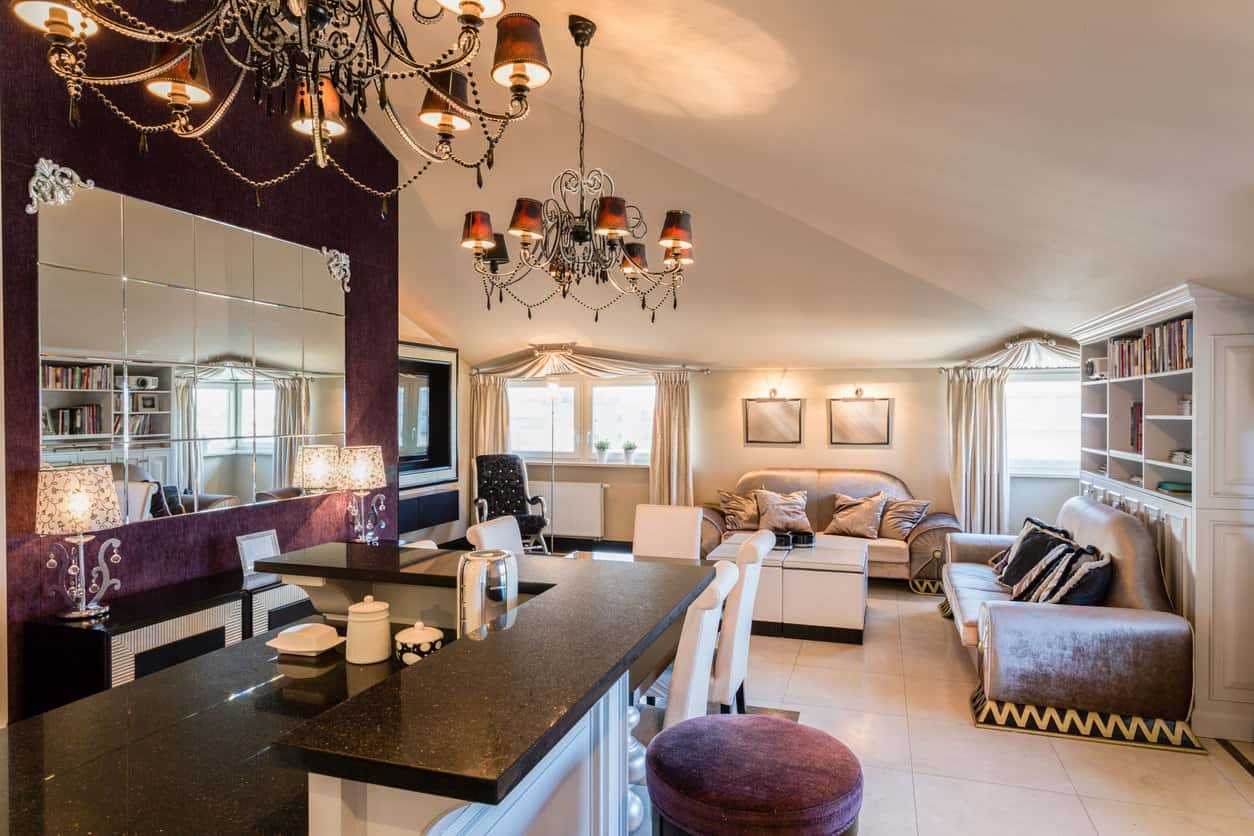
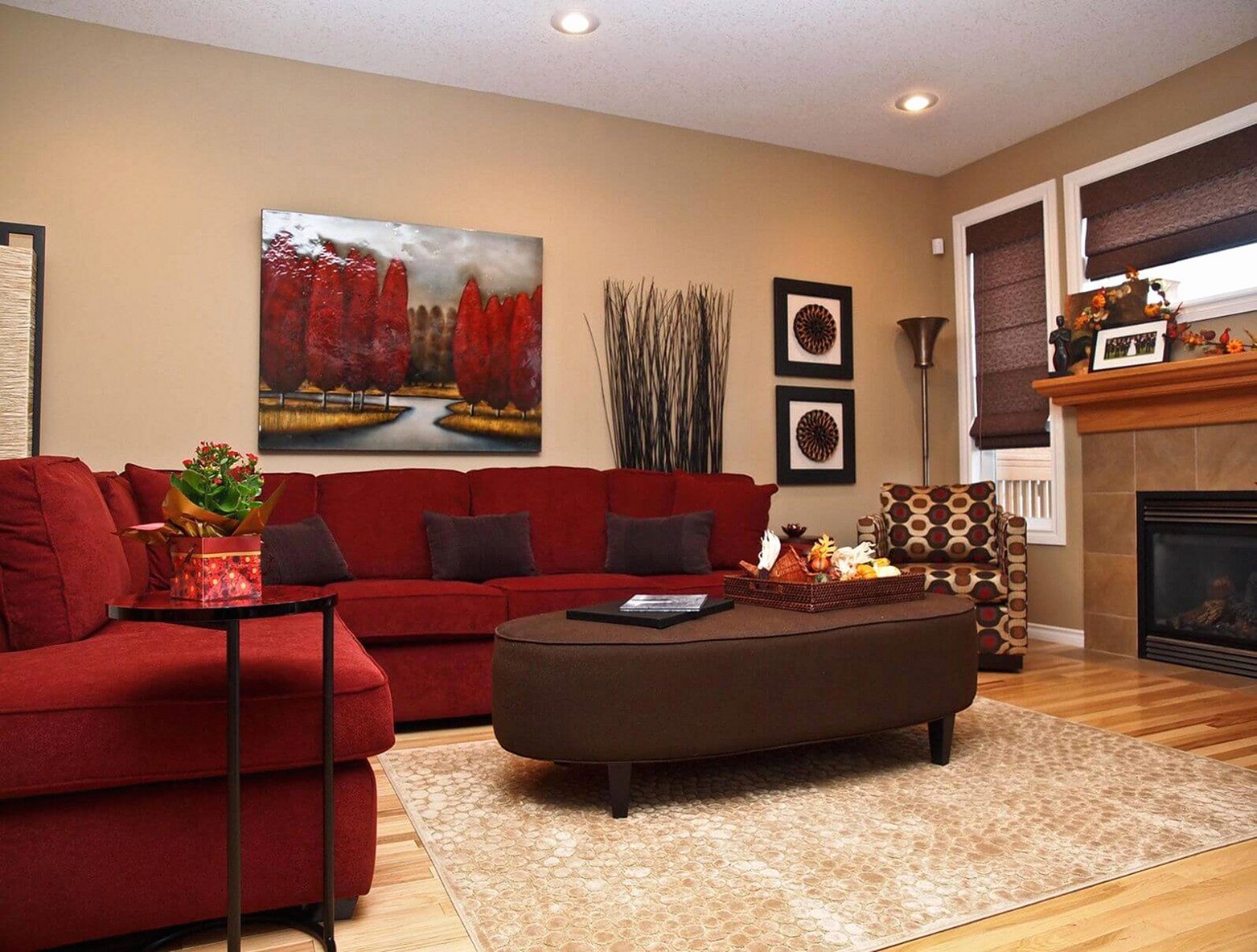


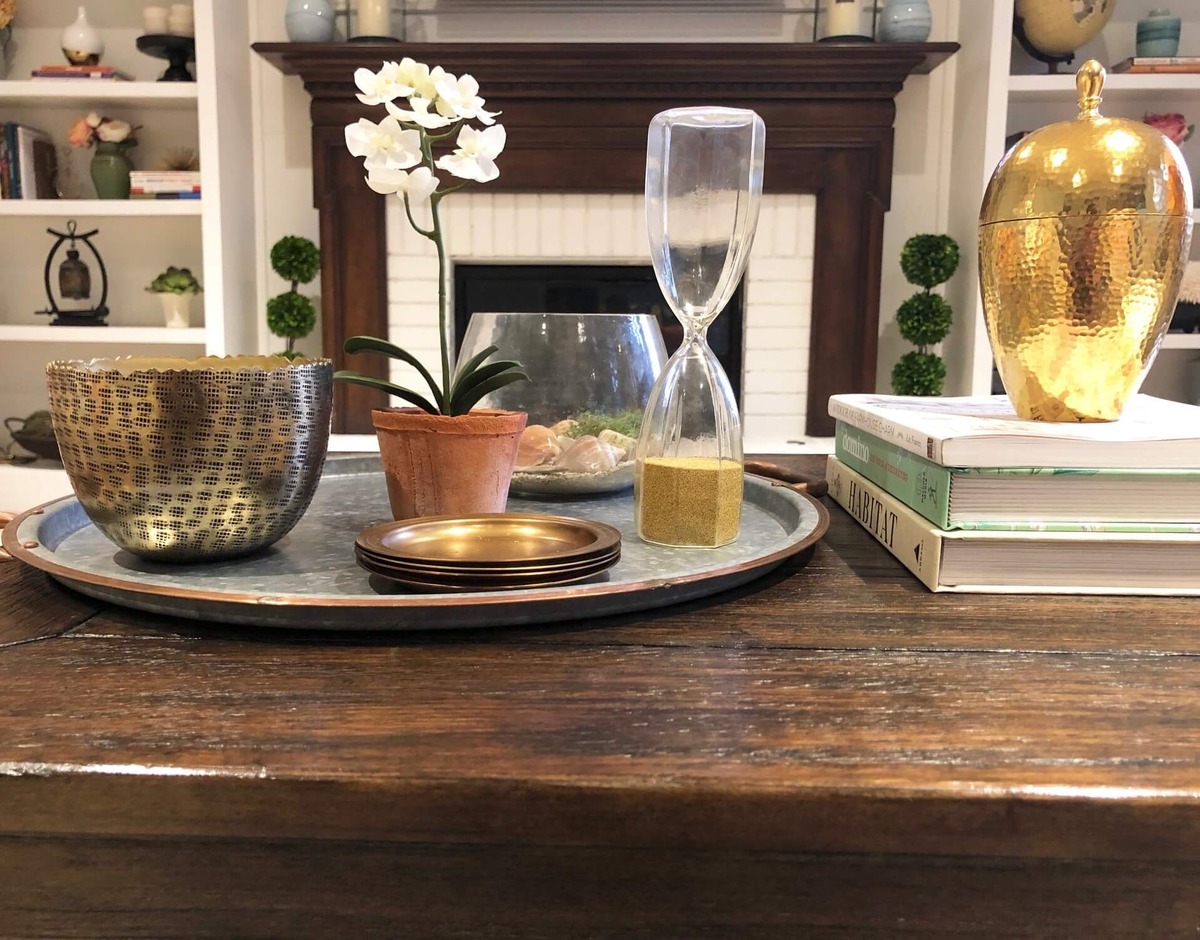
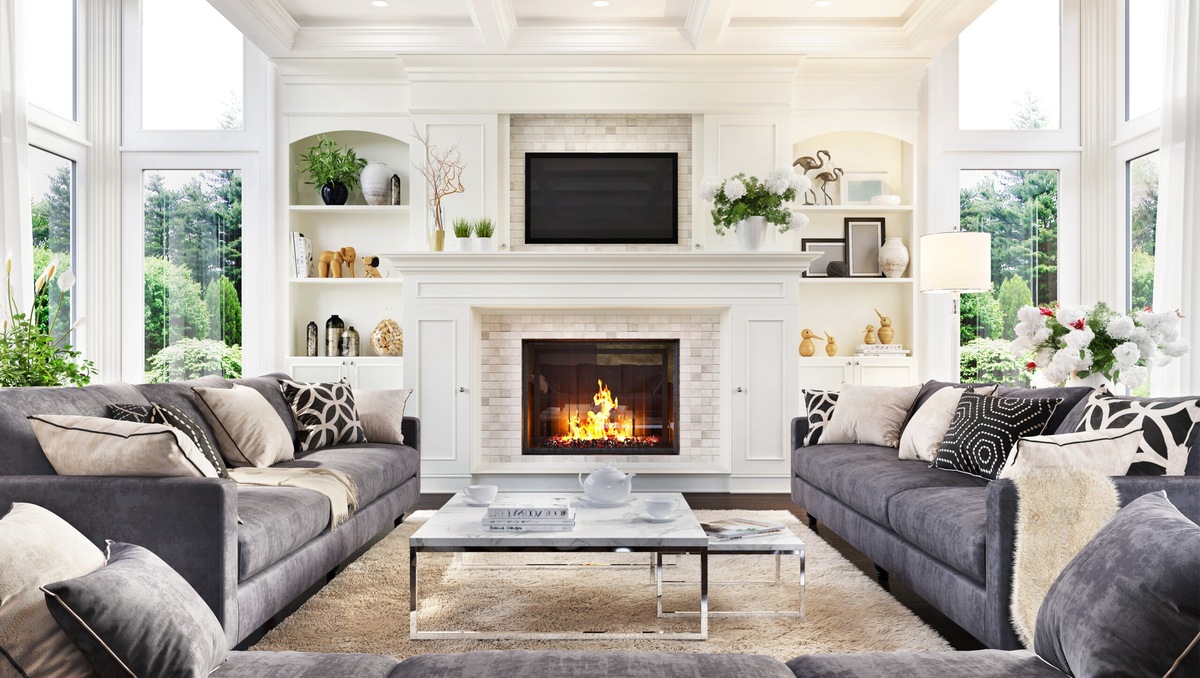

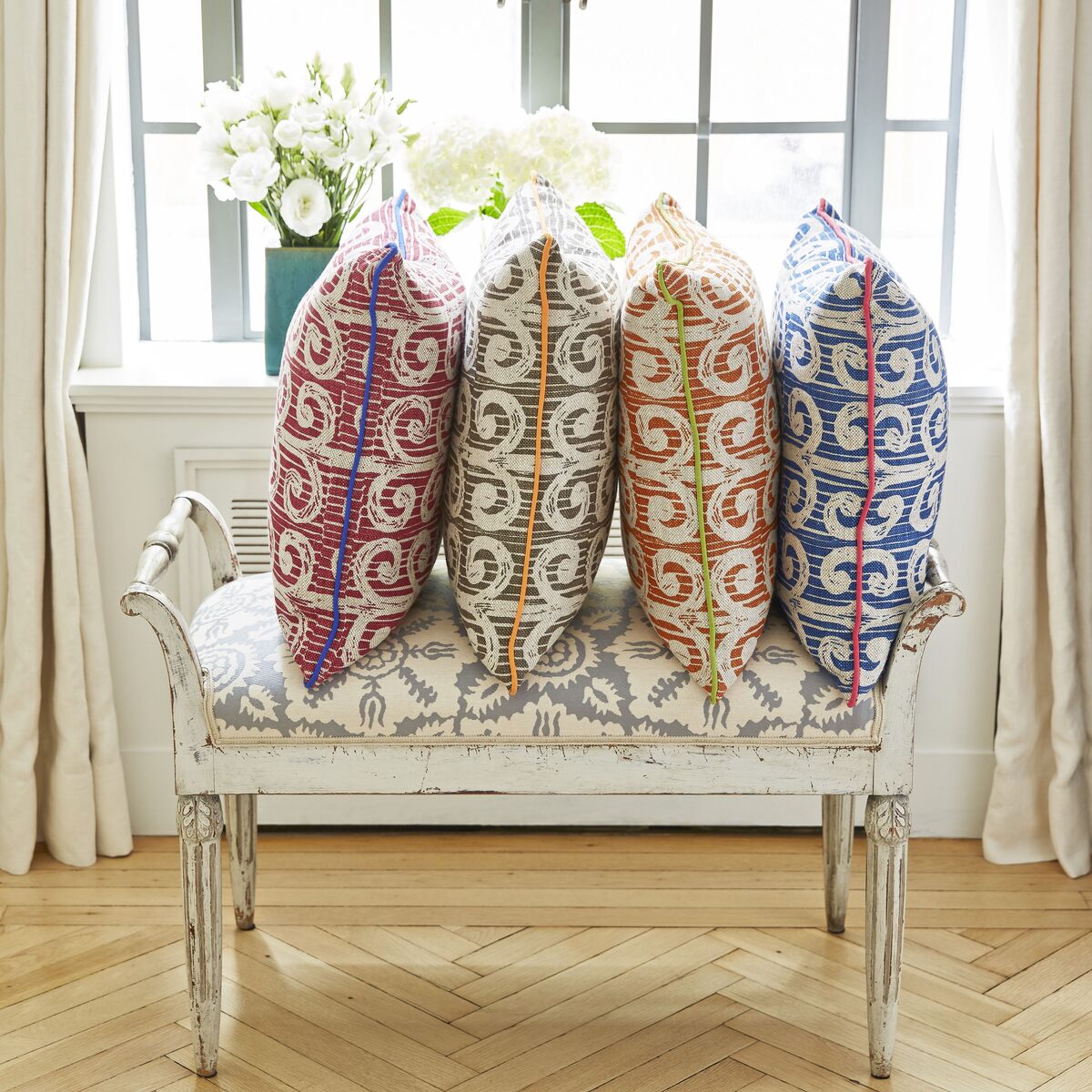


0 thoughts on “What Is The Markup On Home Decor”